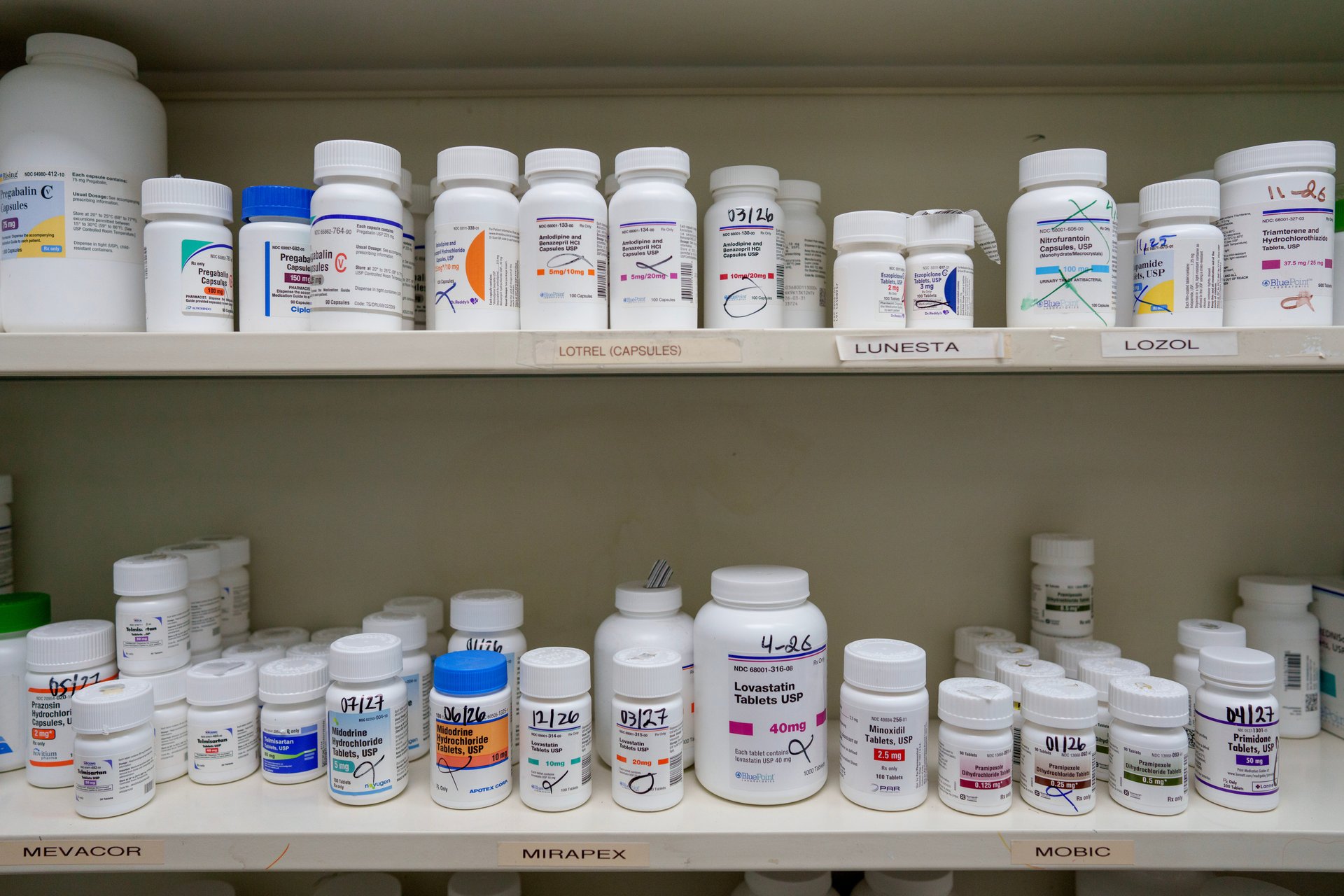New U.S. drug prices doubled amid a shift toward treating rare diseases
The search is on for the drug that might become the next Ozempic

Drugs being explicitly developed to treat rare diseases are getting more expensive.
Suggested Reading
An analysis by Reuters found that prices for newly launched pharmaceuticals more than doubled last year compared with 2021. Medicines that treat the rarest diseases typically fetch higher prices
Related Content
The median annual list price for a new drug was over $370,000 in 2024, according to the Reuters survey of 45 medicines.
The percentage of drugs launched for orphan diseases, meaning they affect fewer than 200,000 Americans, rose to 72% in 2024 from 51% in 2019, according to the Iqvia Institute for Human Data Science (IQV) and reported by Reuters. Over 40% of the orphan launches were for cancer treatment.
The most expensive new drug of 2024 was Lenmedly, developed by Orchard Pharmaceuticals and treats metachromatic leukodystrophy, a genetic disorder. The drug costs a patient over $4 million a year.
Tinglong Dai, a professor of operations management and business analytics at the Johns Hopkins University’s Carey Business School and an expert in healthcare analytics, told Quartz that he isn’t surprised by the rising costs but says more can be done to help those who need the drugs.
He said he’d like to see a “Netflix (NFLX) model” of pricing where deals are facilitated between states and a drug manufacturer to set prices. Or a model closer to what Europe has with panels of patients, experts, policymakers, and insurance companies that set prices. He added that such arrangements allow the drug companies to make a “reasonable amount of money” while still keeping the drug within reach.
However, even if a new drug is covered by insurance, that isn’t necessarily the end of the story for the patient, according to Dai.
“Right now, being covered doesn’t mean you get it. You have to pay a lot in deductibles and insurance,” Dai said, explaining that the U.S. needs a better pre-authorization process. “We make it unnecessarily complicated.”
The current GPL-1 boom also may have a ripple effect that is leading drug companies to seek more treatments for rare diseases and to spend more money doing it.
“Everyone is searching for the next Ozempic,” Dai said, pointing out that the drug was developed for diabetes but now has a much wider application. He said other niche drugs could be developed and then also discovered to have “spillway effects” that can treat more ailments and lifestyle issues.
“What will drive a lot of drug development is to see who will get the next miracle drug.”